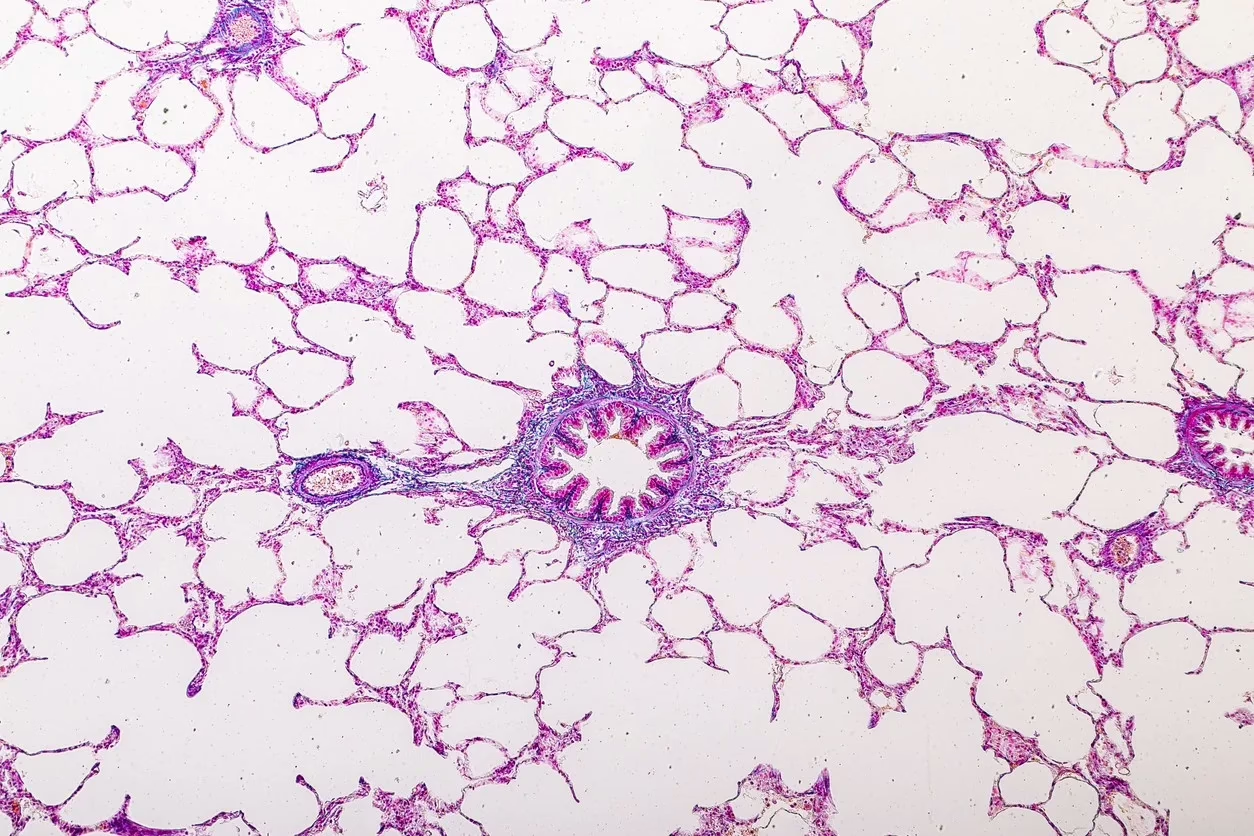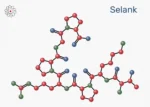Ipamorelin & Sermorelin Blend
Researchers suggest that endogenous growth hormone production may increase under the influence of Ipamorelin and Sermorelin in animal research models. It is hypothesized that Sermorelin may exhibit different mechanisms of action in the pituitary gland than Ipamorelin. As a result, a higher growth hormone level may be obtained upon combinatorial introduction of Ipamorelin and Sermorelin.
Ipamorelin
Ipamorelin is considered by researchers to be the most direct ghrelin analog or agonist of the growth hormone secretagogue. The peptide appears to potentially increase serum growth hormone levels in certain animals.[1] Ipamorelin appears to stimulate the pituitary gland-based secretion of growth-related secretions. It is suggested to be impactful in skeletal and muscular tissue growth and repair.
Ipamorelin may potentially stimulate the production of insulin-like growth factor 1 (IGF-1), which may increase contractile force in muscle fibers. According to studies, Ipamorelin does not appear to affect cortisol, ghrelin, or prolactin levels.[3] The researchers also reported that “Ipamorelin is the first GHRP-receptor agonist with a selectivity for GH release similar to that displayed by GHRH. The specificity of ipamorelin makes this compound a very interesting candidate for future [research].”
Sermorelin
Sermorelin is a growth hormone analog that researchers suggest mimics the primary function of GHRH while avoiding the ancillary action. Sermorelin, like the natural GHRH mechanism, appears to bind to the growth hormone-releasing hormone receptor (GHRHr) in the anterior pituitary gland.[4] The peptide may increase endogenous IGF-1 secretion while potentially promoting robust growth hormone production.
A negative feedback mechanism induced by somatostatin may control the positive effect of Sermorelin on the release of the growth hormone. Somatostatin is a growth-inhibiting hormone (GHIH) that may inhibit the secretion of other hormones in the endocrine system as well as certain exocrine secretions.
Sermorelin’s natural action mechanism may preserve the hypothalamic-pituitary-somatotropic axis, preventing the cessation of direct replacement with hGH.
Sermorelin is researched for its potential to influence growth hormone secretion.[5] The researchers report that “Sermorelin stimulates pituitary gene transcription of hGH messenger RNA, increasing pituitary reserve and thereby preserving more of the growth hormone neuroendocrine axis, which is the first to fail during aging.” The peptide may improve bone density, renal function, seizure activity, the adverse action of dementia, and scarring caused by a heart attack. Sermorelin may also promote angiogenesis, reduce cardiomyocyte cell death, and reduce inflammation after cardiac injury. Sermorelin may also potentially improve sleep quality, the central nervous system, bone function, bowel motility, and diabetes insulin control.
Disclaimer: The products mentioned are not intended for human or animal consumption. Research chemicals are intended solely for laboratory experimentation and/or in-vitro testing. Bodily introduction of any sort is strictly prohibited by law. All purchases are limited to licensed researchers and/or qualified professionals. All information shared in this article is for educational purposes only.
References
- Johansen PB, Nowak J, Skjaerbaek C, Flyvbjerg A, Andreassen TT, Wilken M, Orskov H. Ipamorelin, a new growth-hormone-releasing peptide, induces longitudinal bone growth in rats. Growth Horm IGF Res. 1999 Apr;9(2):106-13. doi: 10.1054/ghir.1999.9998. PMID: 10373343.
- Johansen PB, Segev Y, Landau D, Phillip M, Flyvbjerg A. Growth hormone (GH) hypersecretion and GH receptor resistance in streptozotocin diabetic mice in response to a GH secretagogue. Exp Diabesity Res. 2003 Apr-Jun;4(2):73-81. doi: 10.1155/EDR.2003.73. PMID: 14630569; PMCID: PMC2478601.
- Raun K, Hansen BS, Johansen NL, Thøgersen H, Madsen K, Ankersen M, Andersen PH. Ipamorelin, the first selective growth hormone secretagogue. Eur J Endocrinol. 1998 Nov;139(5):552-61. doi: 10.1530/eje.0.1390552. PMID: 9849822.
- Prakash A, Goa KL. Sermorelin: a review of its use in the diagnosis and treatment of children with idiopathic growth hormone deficiency. BioDrugs. 1999 Aug;12(2):139-57. doi: 10.2165/00063030-199912020-00007. PMID: 18031173.
- Walker RF. Sermorelin: a better approach to management of adult-onset growth hormone insufficiency? Clin Interv Aging. 2006;1(4):307-8. doi: 10.2147/ciia.2006.1.4.307. PMID: 18046908; PMCID: PMC2699646.
- Chang Y, Huang R, Zhai Y, Huang L, Feng Y, Wang D, Chai R, Zhang W, Hu H. A potentially effective drug for patients with recurrent glioma: sermorelin. Ann Transl Med. 2021 Mar;9(5):406. doi: 10.21037/atm-20-6561. PMID: 33842627; PMCID: PMC8033379.






